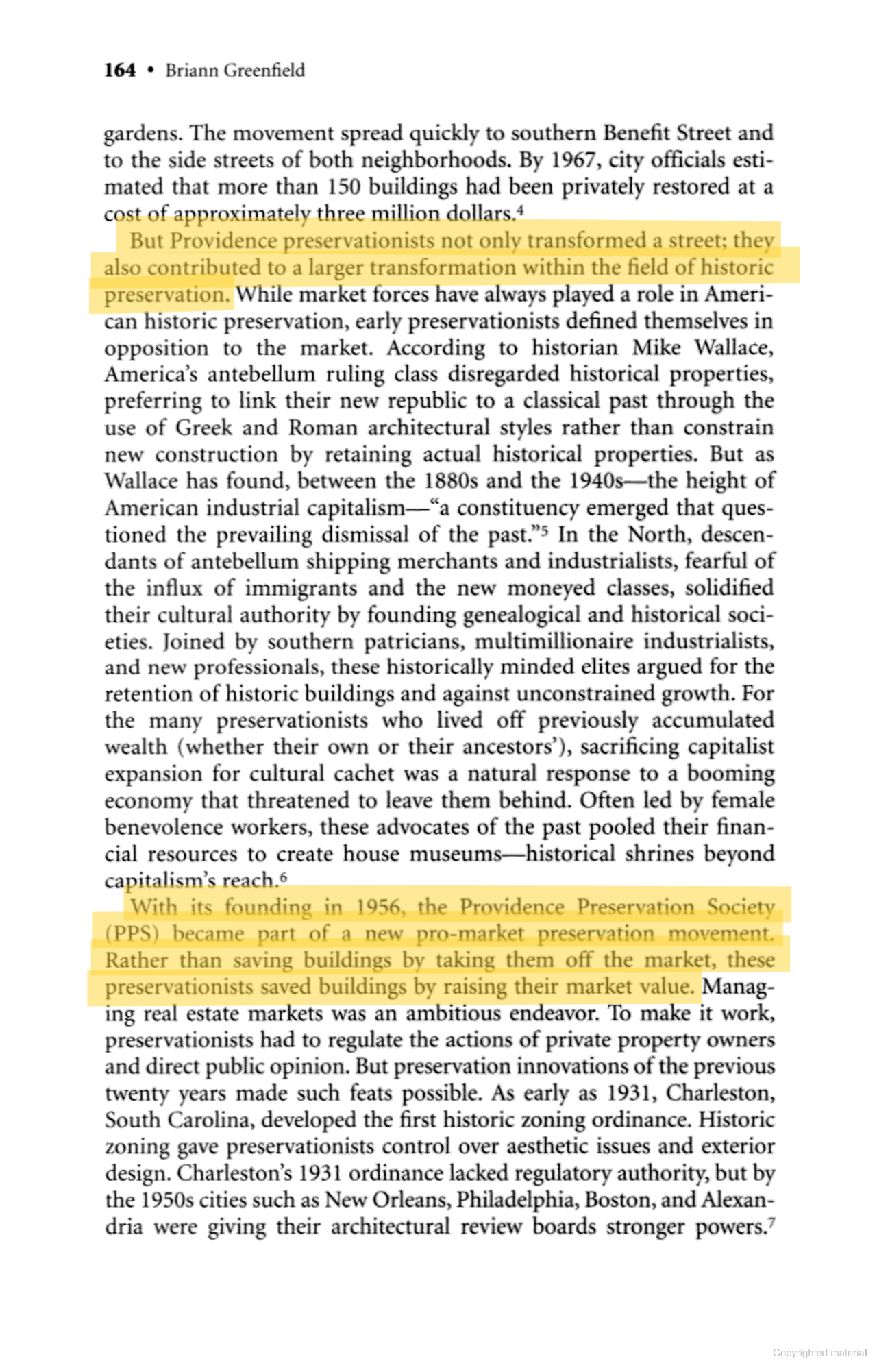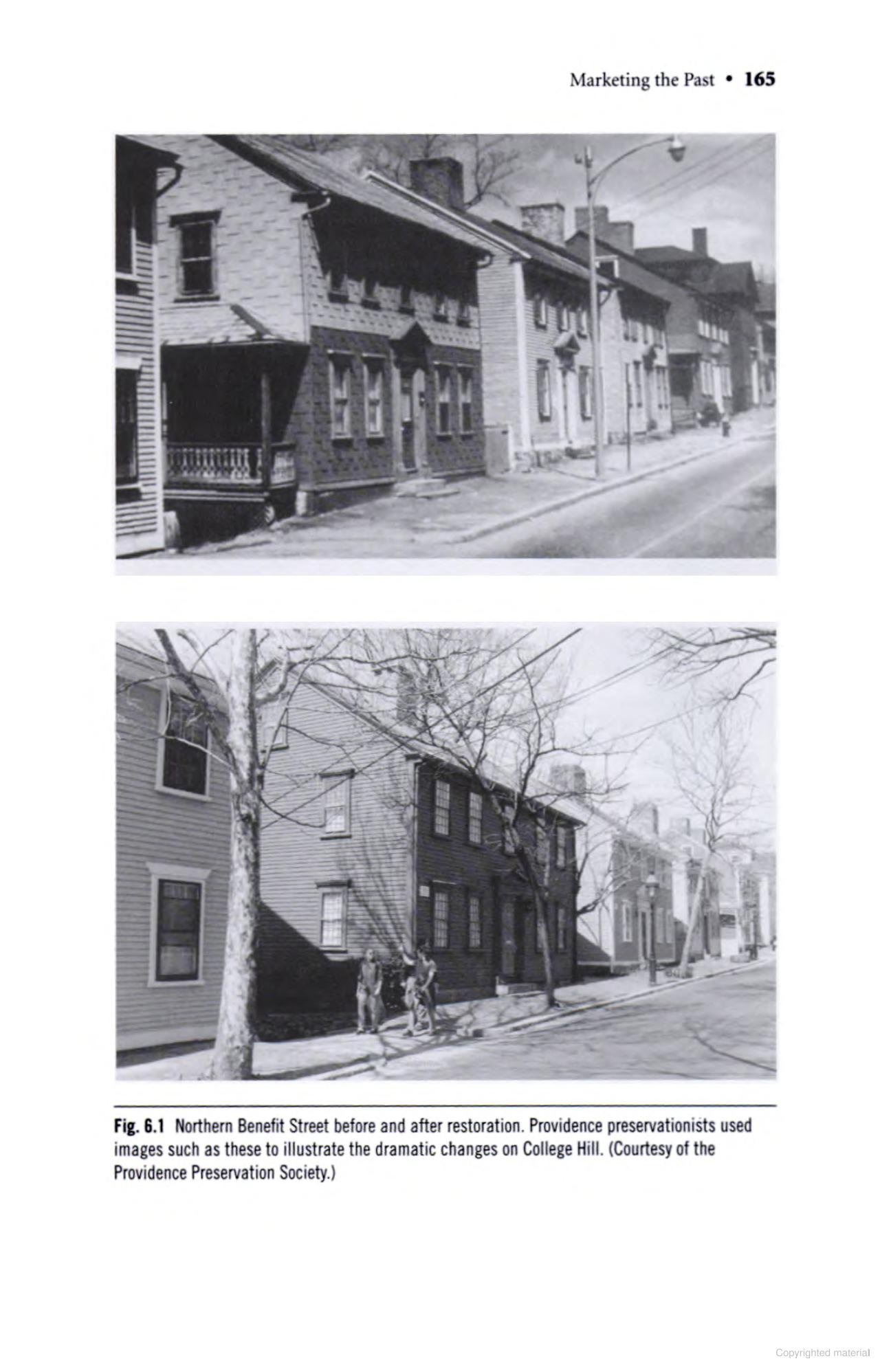Call Box Chronicles is an ongoing project to preserve and memorialize the African diasporic presence in Providence by shedding light on the stories and experiences of the Black Americans, Africans, Afro-Caribbeans, and Afro-Latinos who have shaped (and continue to shape) the cultural landscape of this city.
Through site-specific art installations and a supplemental online platform, the project seeks to spread awareness of—and encourage public contribution to—the underground, forgotten, and/or deliberately-obscured Black histories behind the everyday sights and sounds of our built environment.
This project is an effort to build upon existing efforts to archive Black history and culture in Providence by providing the public with a platform to record, share, and eventually tangibly memorialize the fallen landmarks and defunct institutions that have played a role in our everyday lives.
background + motivation
In an age where so much of our lives is chronicled and shared online, it is easy for young people to feel like they have all of the world’s information at their fingertips. Though we are certainly privy to more cultures, stories, and perspectives than any generation to have ever existed, there are certainly downsides to this “new” world. It has become increasingly easy to lose oneself in the now–to be swept away by the rapid tides of each new “hot button” issue or social movement, to shy away from engaging in good-faith conversations with the strangers around you, and to feel as if you’re the first person in the world to ever experience the things that you are experiencing right now.
Above all, it has become increasingly easy for us to develop a collective “amnesia” about the people, places, and sites that have been obscured by the sands of time–even if those sites are steps away from where we spend our everyday lives. This “amnesia” robs us of the ability to contextualize our lives against the larger, hyper-local historical backdrops of the places we inhabit. This consequence is even more dire for those of us who hold several marginalized identities that are seldom (if ever) honored in complex and meaningful ways by mainstream historical documentation.
preservation in providence
Between institutions such as the Providence Preservation Society, the Rhode Island Historical Society, and the Rhode Island Black Heritage Society, as well as special interest groups such as Rhode Island Latino Arts and the Rhode Island Music Hall of Fame, there is already a rich canon and culture of historical preservation in both Providence and Rhode Island at large.
But institutions have agendas, and the agendas of some of these institutions have directly resulted in mass displacement and erasure of communities of color in the city to this day.


Selected excerpts from the 1st edition of the book "Giving Preservation a History," edited by Max Page and Randall F. Mason.

This chapter of the book highlights the pro-capitalist, pro-revisionist roots of the Providence Preservation Society that have played a major role in the systemic gentrification of the East Side.
So, what could it look like to create our own monuments of the disappearing places that we’ve come to value in our neighborhoods?
PHASE 1: Pilot Site Installations
form inspiration
The prototype pictured to the right is a low-fidelity example of what one might choose to include in a diorama proposal.
The physical dioramas, which have been modeled after Gamewell fire alarm call boxes, are the visual throughline of this installation series. They are intended to serve as vessels for the visions of the selected artists who are specifically chosen to represent each site with their own proposed design.
Why call boxes?
In 2023, they are hidden in plain sight, but they were used to notify the fire department of a fire before the widespread availability of telephones
They are existing public utilities that are remnants from a bygone past, which in some way mirrors the intent of the project
Visually, they blend in with the existing cityscape, but the color swap adds an unexpected twist that draws the eye
Though these installations are intended to embrace the spirit of “little free libraries,” the idea of making something visually unobtrusive is to steer away from any of the associated, gentrifier-coded visual cues of such installations and retain a guerilla, street art-inspired aesthetic




